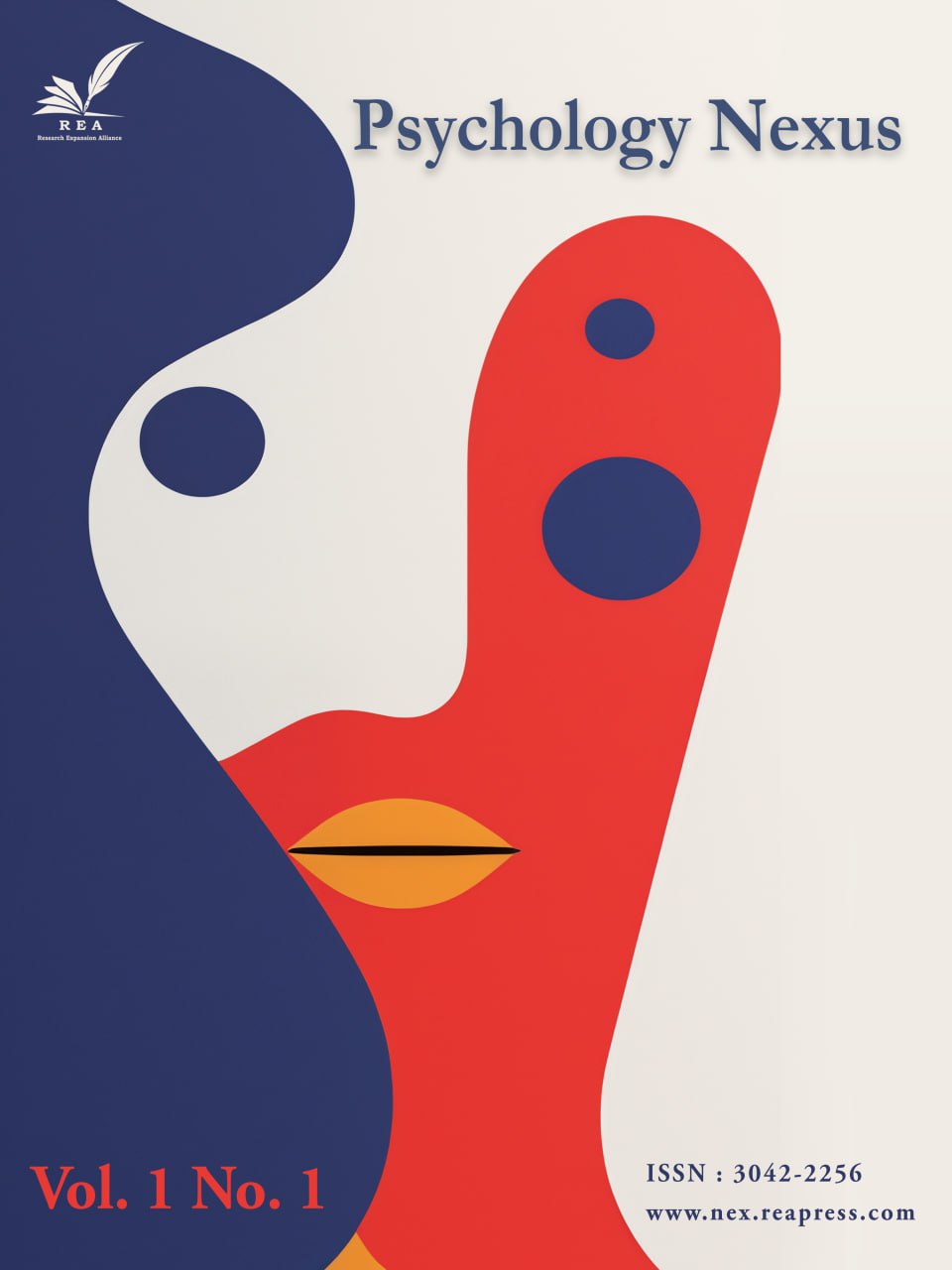A Study on the Awareness of Families about the Prevalence of Alzheimer Disorder in the Elderly Population with and without Down Syndrome
Abstract
Alzheimer's disorder (AD) is a condition in which neurons of the brain are damaged and will be lost gradually. Alzheimer's is caused by 60-70% dementia that interferes with short memory, thinking, and behavior. This is a heritable disorder and Tau proteins are involved in progression. The present review aimed to clarify the cause, treatment, and co-morbidities of Alzheimer's. This review discusses AD as a multifactorial disease. The diagnosis was addressed and Due to Alzheimer's common in Down Syndrome, some suggestions were provided for preventing and managing Alzheimer's. Neither Alzheimer's cured, nor Down syndrome is cured so, developing successful management for prevention is recommended. This review discusses current insights about Alzheimer's.In conclusion, people who suffer from Alzheimer's may experience many behavioral, functional, and communicative problems. It is necessary to train caretakers or nurses to improve the quality of life by accepting these conditions and supporting the suffering. Increasing self-value and quality of life may be facilitated by the coordination of all society members. In many developed countries, police officers are trained to learn how to treat people with Alzheimer's to avoid tension. We hope that in developing countries such facilitations will be implemented for the patients and their families.
Keywords:
Alzheimer, Dementia, Tau proteins, Down syndromeReferences
- [1] McDonald, G. (2014). Galen on mental illness: A physiological approach to phrenitis. In Bulletin of the institute of classical studies (pp. 135–151). JSTOR.
- [2] Vas, C., Rajkumar, S., Tanyakitpisal, P., & Chandra, V. (2001). Alzheimer’s disease: the brain killer: when old age becomes a disease. World Health Organization. http://www.searo.who.int/LinkFiles/Health_and_Behaviour_alzheimers.pdf
- [3] Huang, L. F., Cartwright, W. S., & Hu, T. W. (1988). The economic cost of senile dementia in the United States, 1985. Public health reports, 103(1), 3–7.
- [4] Sheardová, K., Hort, J., Rusina, R., Bartoš, A., Línek, V., Ressner, P., & Rektorová, I. (2007). Recommendations for the diagnosis and management of Alzheimer’s disease and other disorders associated with dementia: EFNS guideline. Ceska a slovenska neurologie a neurochirurgie, 70(5), 589–594.
- [5] Pfeffer-Baczuk, A., Barcikowska, M., & Karwańska, A. (1996). Extrapyramidal signs in Alzheimer’s disease. Neurologia i neurochirurgia polska, 30(3), 389–398.
- [6] Salehi, A., Delcroix, J. D., & Mobley, W. C. (2003). Traffic at the intersection of neurotrophic factor signaling and neurodegeneration. Trends in neurosciences, 26(2), 73–80. DOI:10.1016/S0166-2236(02)00038-3
- [7] Salehi, A., Lucassen, P. J., Pool, C. W., Gonatas, N. K., Ravid, R., & Swaab, D. F. (1994). Decreased neuronal activity in the nucleus basalis of Meynert in Alzheimer’s disease as suggested by the size of the Golgi apparatus. Neuroscience, 59(4), 871–880. DOI:10.1016/0306-4522(94)90291-7
- [8] Bowen, D. M., Smith, C. B., White, P., & Davison, A. N. (1976). Neurotransmitter-related enzymes and indices of hypoxia in senile dementia and other abiotrophies. Brain, 99(3), 459–496. DOI:10.1093/brain/99.3.459
- [9] Liptak, J. (2007). The Life Skills IQ Test: 10 self-quizzes to measure your practical intelligence. Penguin.
- [10] Bush, A., & Beail, N. (2004). Risk factors for dementia in people with down syndrome: Issues in assessment and diagnosis. American journal on mental retardation, 109(2), 83–97. DOI:10.1352/0895-8017(2004)109<83:RFFDIP>2.0.CO;2
- [11] Afrooz, G. A. (2013). Education and special education in cross-cultural perspective: the Islamic Republic of Iran. In Education and disability in cross-cultural perspective (pp. 93–125). Routledge.


